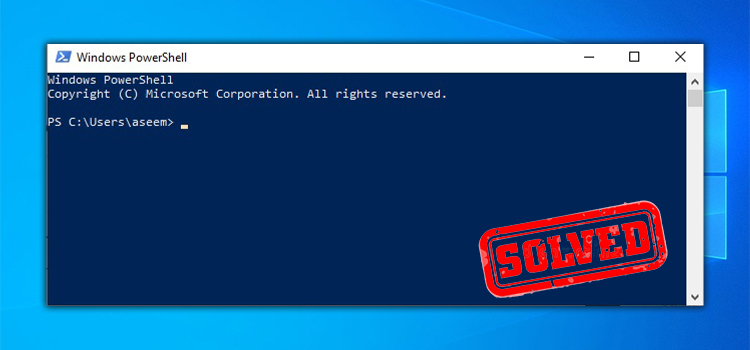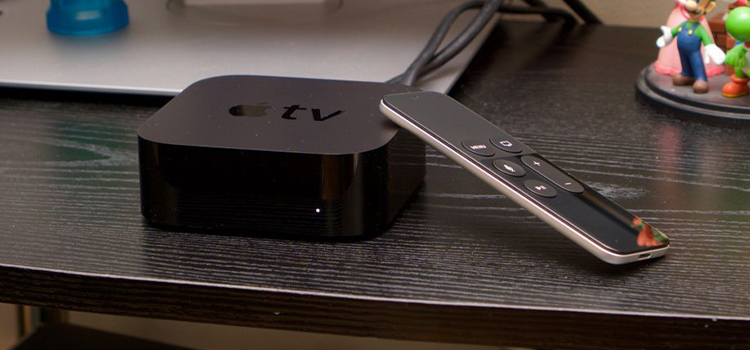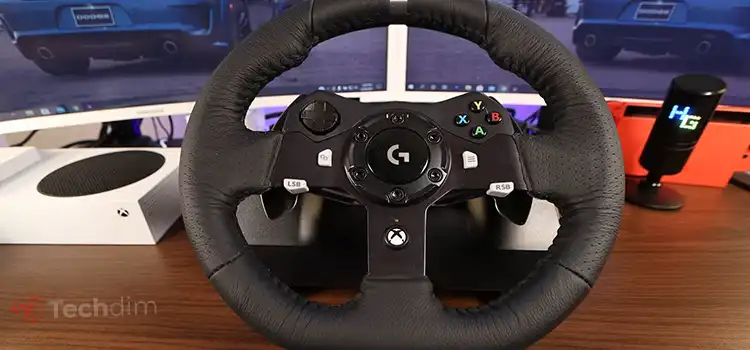[Answered] What Is 1ms Motion Blur Reduction?
Motion Blur Reduction (MBR) is an anti-blur technology that is basically based on modern high-end displays. It’s a feature that helps to decrease the blurry effect of fast-pacing objects on display.
It’s called by many names varying on the brand. Such as Ultra Low Motion Blur (ULMB) by NVIDIA, Visual Response Boost (VRB) by Acer, etc.
To LG, it’s known as 1ms Motion Blur Reduction or 1ms Motion Picture Response Time (MPRT).
In this post, you’ll know further about Motion Blur Reduction. Just keep reading till the end.

What Is 1ms Motion Blur Reduction For?
It’s quite common that many users face blurry vision while playing modern intensive games when the monitor displays fast-pacing visuals. This happens because of an incompatibility between the display’s refresh rate and the visual’s (such as the game’s) refresh rate.
When you’re trying to play a game with a fast pace such as intensive action or racing games, then there’s a possible chance of visuals will get blurry on your display.
If your monitor doesn’t match the refresh rate of the game you play and doesn’t have the MBR feature activated, then the motion blur happens.
Motion blur is notorious for affecting gamers’ gaming experience negatively. When it occurs you’ll find it so much more difficult to identify elements on the screen, and that’s why you won’t be able to complete objectives or win any match spontaneously. Eventually, it’ll result in bad gaming performance.
This is when the MBR plays an important role by improving the visual quality by diminishing the blurriness and letting you have a better gaming experience.
How Does Motion Blur Reduction Work?
Well, you can increase your monitor’s refresh rate to a maximum or limit the display time for the frame in order to reduce the unwanted motion blur.
But the most effective way to reduce motion blur is by applying MBR. It helps to create smooth motion clarity by creating strobing effect by turning off the backlight while refreshing per image.
This will let you experience so fluid and vivid visuals as if you’re watching them on an old-generation CRT display.
So, the MBR ultimately reduces the unnecessary motion blur and provides viewers with a better watching or gaming experience. This is how it works.
Hence, to get rid of motion blur, first, you’ve to get a monitor that has an MBR feature along with a higher CPU, GPU, and refresh rate.
NOTE: Even though the MBR is mostly optional to nowadays high-end monitors, without a powerful GPU you can’t utilize this feature properly as strobing won’t work properly.
Moreover, while using MBR, the display brightness may seem dim as the screen backlight went off for a certain time. It’s not applicable to all kinds of monitors, but some of them.
When You Should Use the Motion Blur Reduction?
It isn’t necessary that you’ve to use the Motion Blur Reduction always. There’re certain cases when you may go for the MBR. Here’re the notable ones –
- When you need to decrease monitor latency for increasing response time.
- When you need to limit the power consumption of your monitor.
- When you need to higher the motion clarity of visual details.
- When you need to reduce blurry effects while enjoying gaming or watching.
NOTE: The blur reduction quality or capacity can vary by the monitor you’re using. Because some monitors may have very good strobing ability, whereas some may haven’t. It depends on the manufacturer’s choice.
Frequently Asked Questions (FAQs)
Does motion blur really improve graphics?
Well, motion blur obviously does give some extra effect that may seem useful to some specific genre games (games that are playable at a 30Hz frame rate are worth mentioning). Such as racing games. Because it helps to make a game’s appearance pretty smooth and cinematic.
Does motion blur able to slow FPS?
Basically, when motion blur happens, it needs to get reduced. To do so, either user has to limit the frame display time or apply the Motion Blur Reduction feature. Both of them result in lowering or slowing the FPS.
Does the VSync feature lower FPS?
VSync plays its valuable role when any monitor is having trouble syncing up accurately while playing games. In this case, the VSync is capable of lowering the frame rate at a significant level. So, yes, it does lower the FPS when needed.
Conclusion
As you’ve come this far, it’s quite assumable that you’ve got an aggregate idea about 1ms Motion Blur Reduction. If this article is successful in providing you with the appropriate information, then it’ll be nice of you if you share your valuable feedback with us.
Subscribe to our newsletter
& plug into
the world of technology





